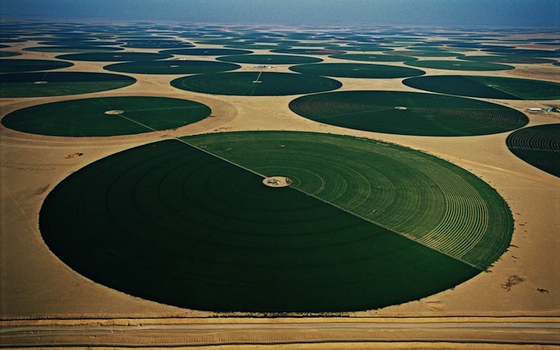Saudi Arabia's food independence is impossible to sustain because renewable water resources are insufficient and the country's population growth is among the highest in the world. According to a World Bank report published in 2012, the annual population growth in Saudi Arabia was last reported at 2.29% in 2011, making the Saudi population forecast to increase from its size in 2010 of 25 million to reach 40 million in 2025.
Given such a high rate of growth and, regardless of how large Saudi water reserves might be, Saudi food independence is impossible to sustain in the long-run.
An individual needs about 1,000 cubic meters of water each year to raise the food requirement of that individual. The composition of diet determines the volume of water embedded in food. The more meat, especially red meat, a diet contains, the more water embedded in food is consumed.
Saudi Arabia's population of 25 million would need an estimated 25 billion cubic meters of water for self-sufficiency in foodstuffs. Despite using mammoth volumes of water over the past three decades and spending huge amounts of money, Saudi full self-sufficiency in foodstuffs remains as elusive as ever.
As the Saudi population reaches 40 million around 2025, Saudi water consumption embedded in foodstuffs would reach 40 billion cubic meters. Even if–and this is a very big if–the volume of irrigation water were to remain unchanged, the proportion of food produced domestically to total Saudi food requirements would be 43 percent. Under the more likely scenario, however, as Saudi nonrenewable aquifers get depleted and Saudi agriculture becomes reliant on renewable water sources only, the ratio of Saudi food self-sufficiency in 2025 would be 12.5 percent–given MAW's estimate of the country's renewable water sources of about 5 billion cubic meters per annum.
ifpinfo
16 September






















































